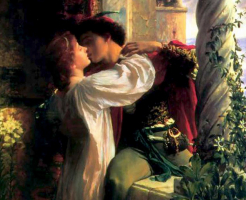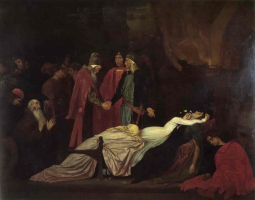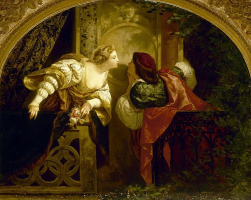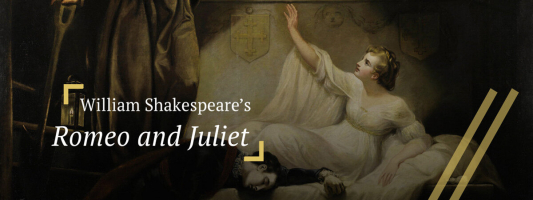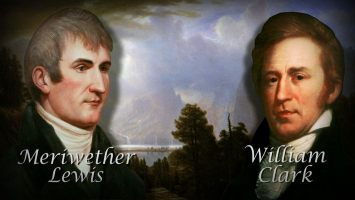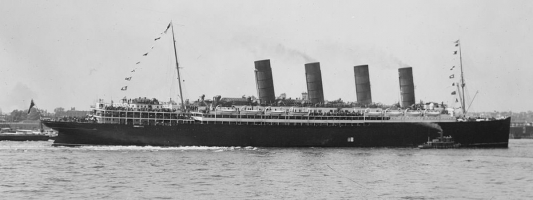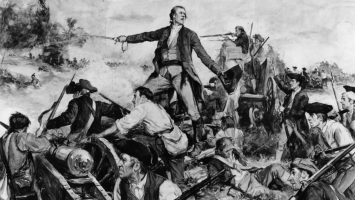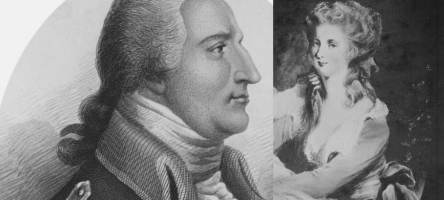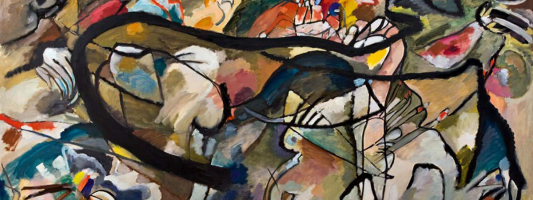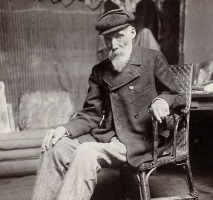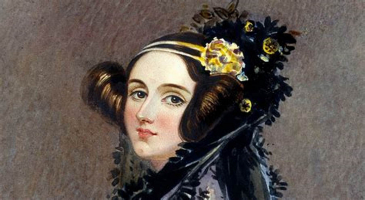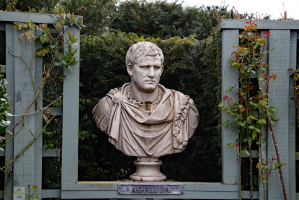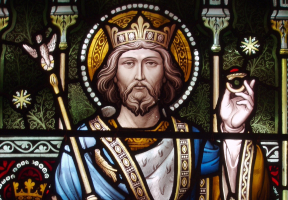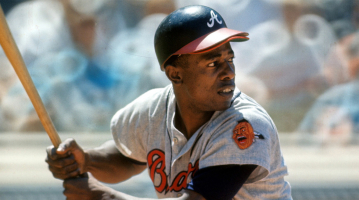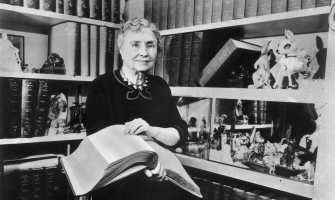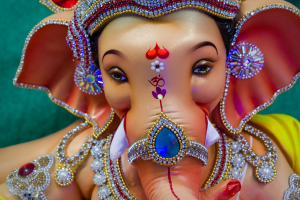Top 10 Interesting Facts about Romeo and Juliet
It's reasonable to assume that most people on Earth know the Romeo and Juliet story. What is it about this play from the sixteenth century that has stuck with ... read more...the audience and readers for so long? Continue reading to learn more about interesting facts about Romeo and Juliet from William Shakespeare.
-
Long before William Shakespeare penned the iconic tale of Romeo and Juliet, the feuding Montagues and Capulets were already entrenched in literary history. In his epic poem "Divine Comedy," Dante Alighieri crafted a vivid portrayal of these families over 250 years before Shakespeare's birth.
In the intricate verses of the "Divine Comedy," Dante invites readers to witness the strife of the Montagues and Capulets alongside the Monaldi and Filippeschi. "Come and see, you who are negligent, / Montagues and Capulets, Monaldi and Filippeschi: / One lot already grieving, the other in fear," he declares, providing a captivating preview of the familial drama that would later captivate Shakespeare's audience.
Dante's poetic insight extends beyond fiction, hinting at the existence of these warring Italian families in medieval Italy. While the surnames may vary in spelling, the essence of their conflicts echoes through history, setting the stage for Shakespeare's timeless narrative.
Dante's foresight, expressed in the "Divine Comedy," establishes a unique connection between two literary giants separated by centuries. Dante's reference adds depth to the narrative, reminding us that the threads of love and conflict endure, weaving a timeless story that resonates with audiences across generations.
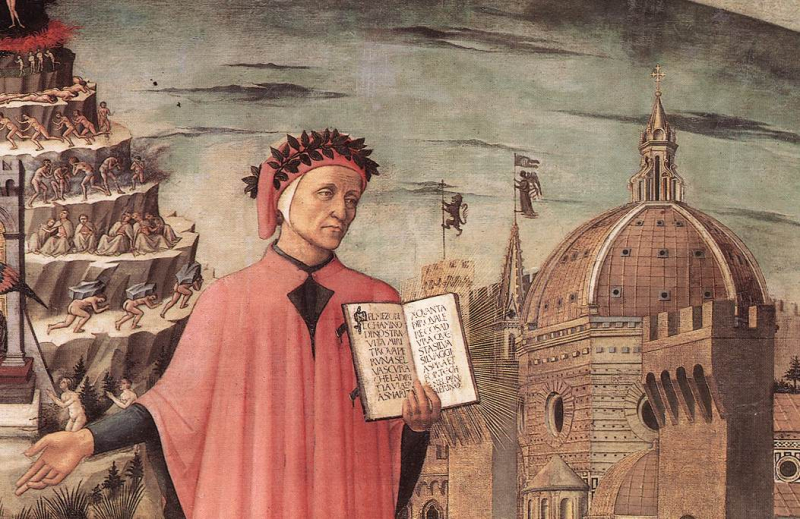
Photo by World History Encyclop 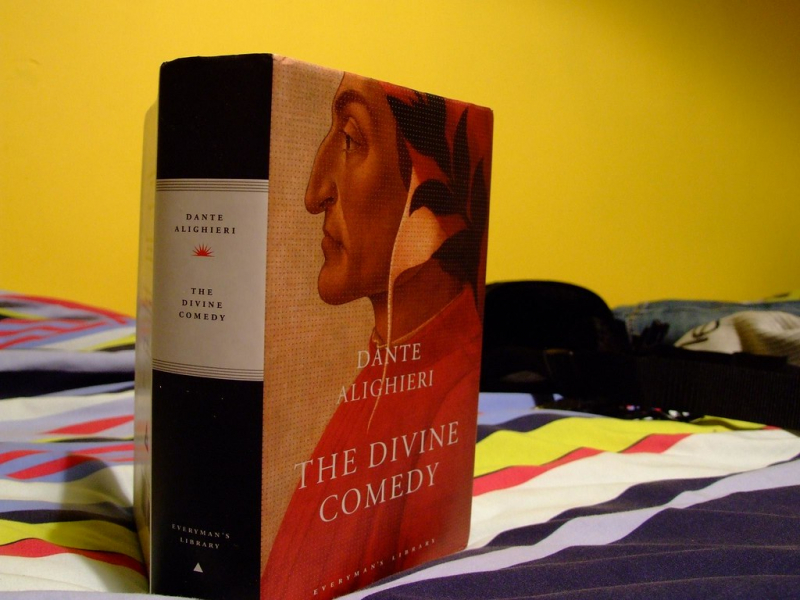
Photo on Flickr -
Shakespeare's ageless classic Romeo and Juliet draws its inspiration from the writings of Arthur Brooke, who lived in the sixteenth century. Brooke wrote "The Tragicall Historye of Romeus and Juliet" in 1562, laying the groundwork for the legendary tale of star-crossed lovers.
Shakespeare, renowned for taking ideas from his peers, accepted the practice of appropriating concepts from his time. A valuable source was Brooke's poem, which set the scene in Verona, Italy, and skillfully narrated the story of the deadly rivalry between the wealthy Montague and Capulet families.
According to the British Library, Brooke's work depicts the 'deadly' enmity between these noble houses, producing a canvas of 'blacke hate.' The 'unhappy' tale of Romeus Montague, a beautiful young man seduced by Juliet Capulet's attractiveness and knowledge, is revealed by Brooke in this setting.
The timeless narrative of Romeo and Juliet carries over the echoes of Brooke's lyrical tragedy, much as Shakespeare altered and borrowed these aspects to create his own version of the story.
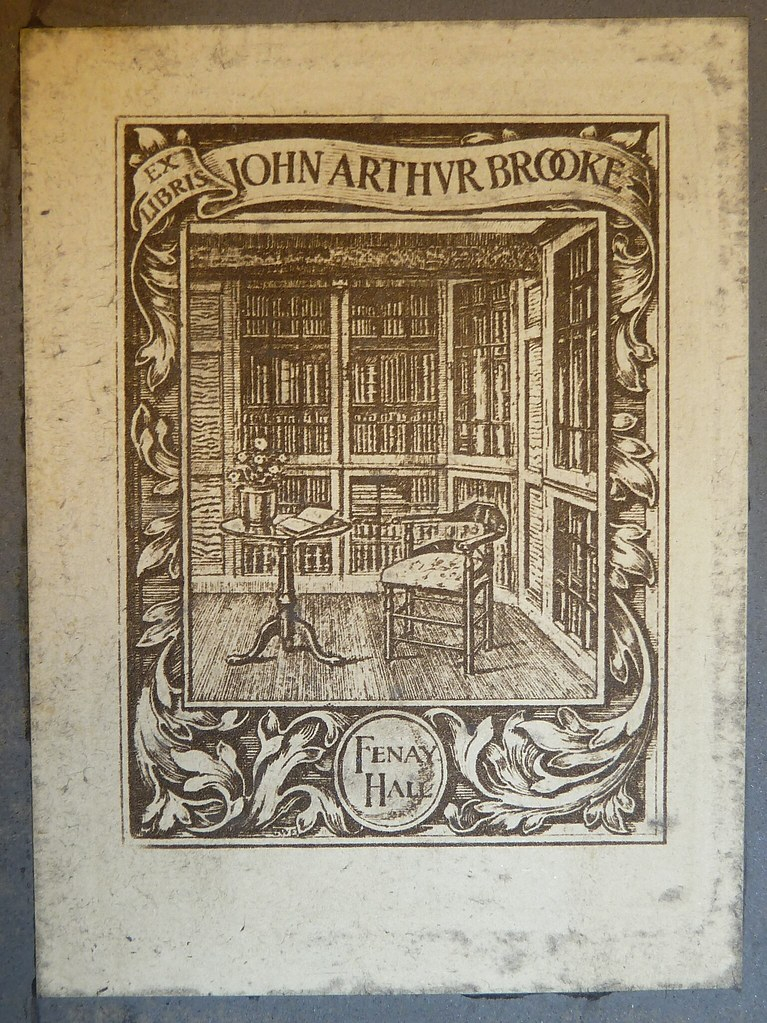
Photo on Flickr 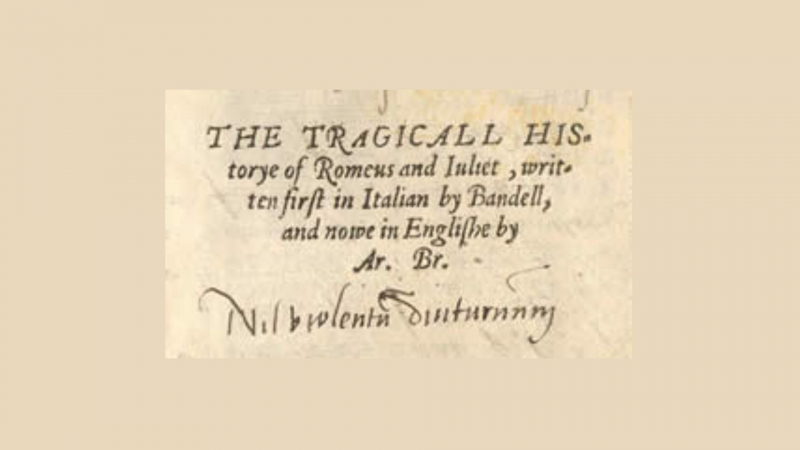
Photo on Washington State University -
While Romeo and Juliet's tale is synonymous with young love and star-crossed passion, one of the most intriguing aspects of Shakespeare's play is the remarkably young age he assigns to Juliet. This adds a curious layer to the character of Juliet.
Shakespeare drew inspiration from Arthur Brooke's "The Tragical History of Romeus and Juliet" (1562), an English verse translation of an Italian tale. In Brooke's version, Juliet is portrayed as sixteen, aligning her age with that of Romeo. However, when Shakespeare brought the story to the stage, he made a striking adjustment, depicting Juliet as several years younger.
In Act I, Scene III, Lady Capulet Lady Capulet discloses Juliet is 'not [yet] fourteen.' This Shakespeare's rendition is a departure from Brooke's original characterization. This makes sense insofar as Juliet is a symbol of youthful love. Still, it is disconcerting, especially for today's audiences, because Juliet is only thirteen years old during her blissful night of marriage to Romeo.
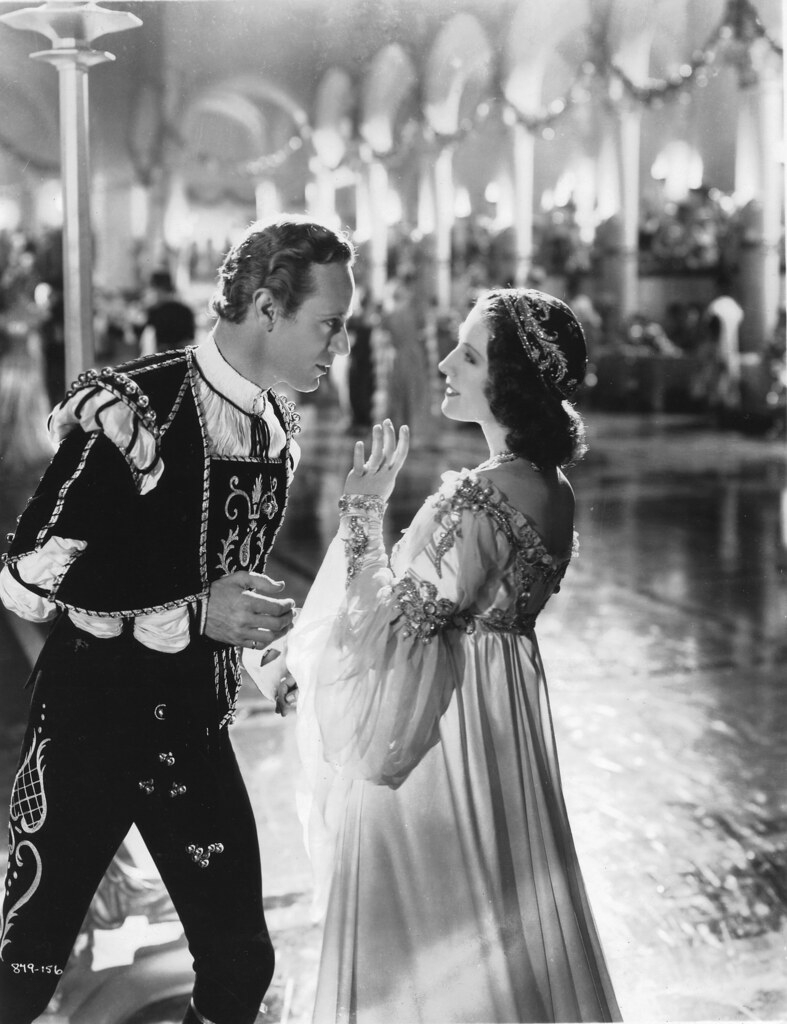
Photo on Flickr 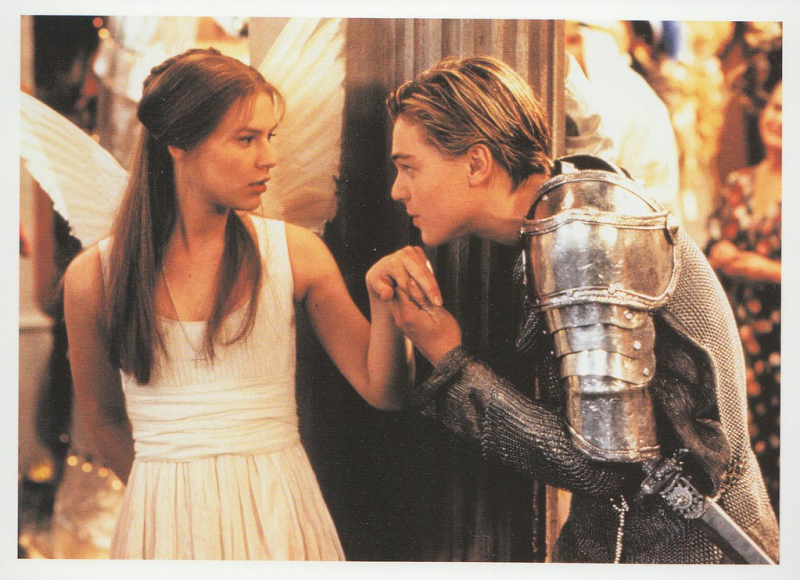
Photo on Flickr -
Step into the world of Romeo and Juliet, and you'll find a romance that unfolds at a breathtaking pace. The term 'whirlwind' scarcely does justice to the speed at which their love story progresses. Notably, Juliet's age at just 13 adds a layer of understanding to her impetuous nature.
In a stunning revelation, it becomes apparent that from the moment they first lay eyes on each other to the culmination of their marriage, Romeo and Juliet have spent less than 24 hours together. This remarkable timeline accentuates the intensity and urgency of their connection, making their love story one of the most rapid and compelling narratives in literary history.
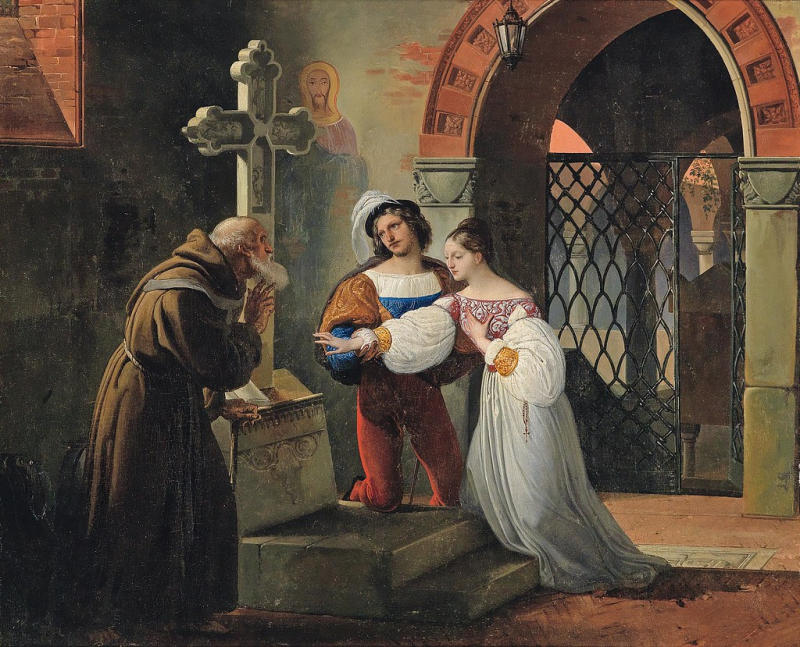
Photo on Flickr 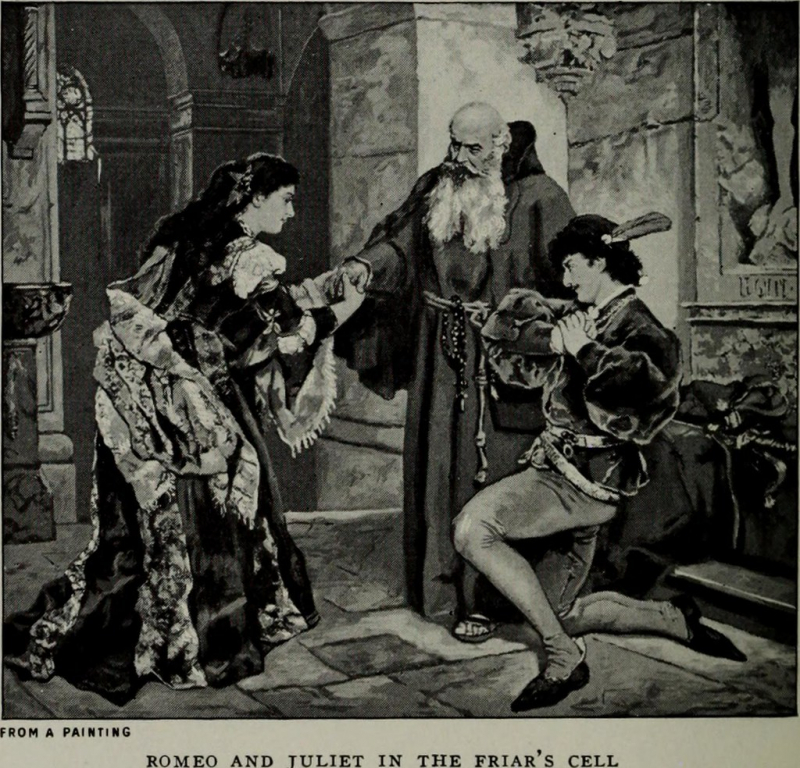
Photo on Flickr -
One of the most iconic moments in Shakespeare's Romeo and Juliet is the famed "Balcony Scene," a pinnacle of romantic drama. However, there's a fascinating twist – the word 'balcony' is conspicuously absent from the play.
Merriam-Webster traces the earliest usage of the term 'balcony' back to 1618, over 20 years after Shakespeare penned Romeo and Juliet. So, why the discrepancy? In the play's Act II, Scene 2, the setting is described as Capulet's Orchard, and Juliet makes her appearance "above at a window," not on a balcony.
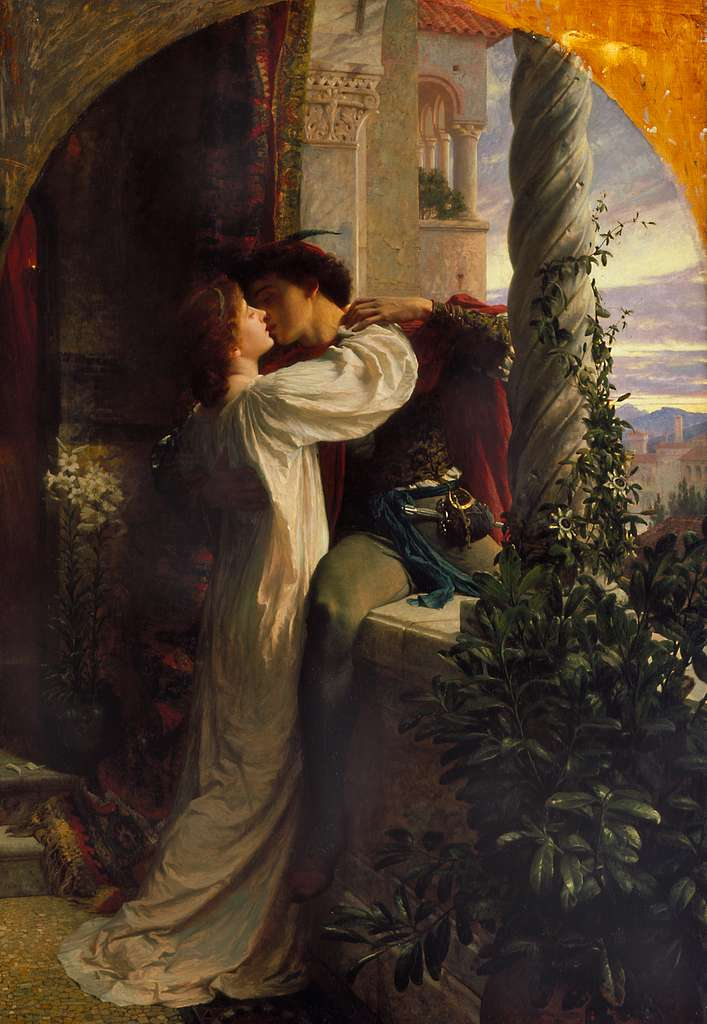
Photo on PICRYL 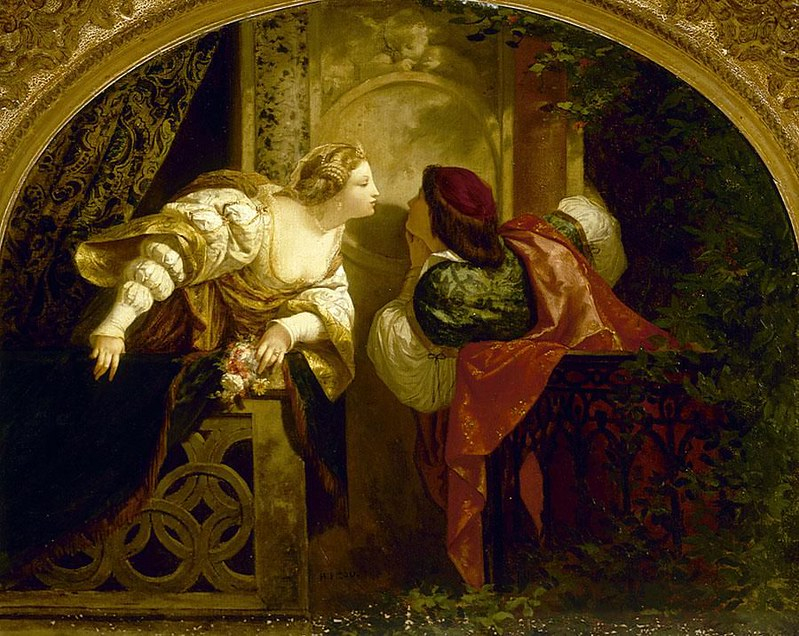
Photo on Flickr -
A groundbreaking moment occurred in 1662, reshaping the dynamics of stage performances. Traditionally, all roles were exclusively portrayed by men until that pivotal year. Enter Mary Saunderson, a trailblazing actress who took on the iconic role of Juliet, marking a historic shift in theatrical history.
As immortalized in the film 'Shakespeare in Love,' the era before 1660 saw men donning all theatrical roles. However, Mary Saunderson's debut as Juliet in 1662 marked a transformative milestone, making her the first woman to embody this iconic character on stage.
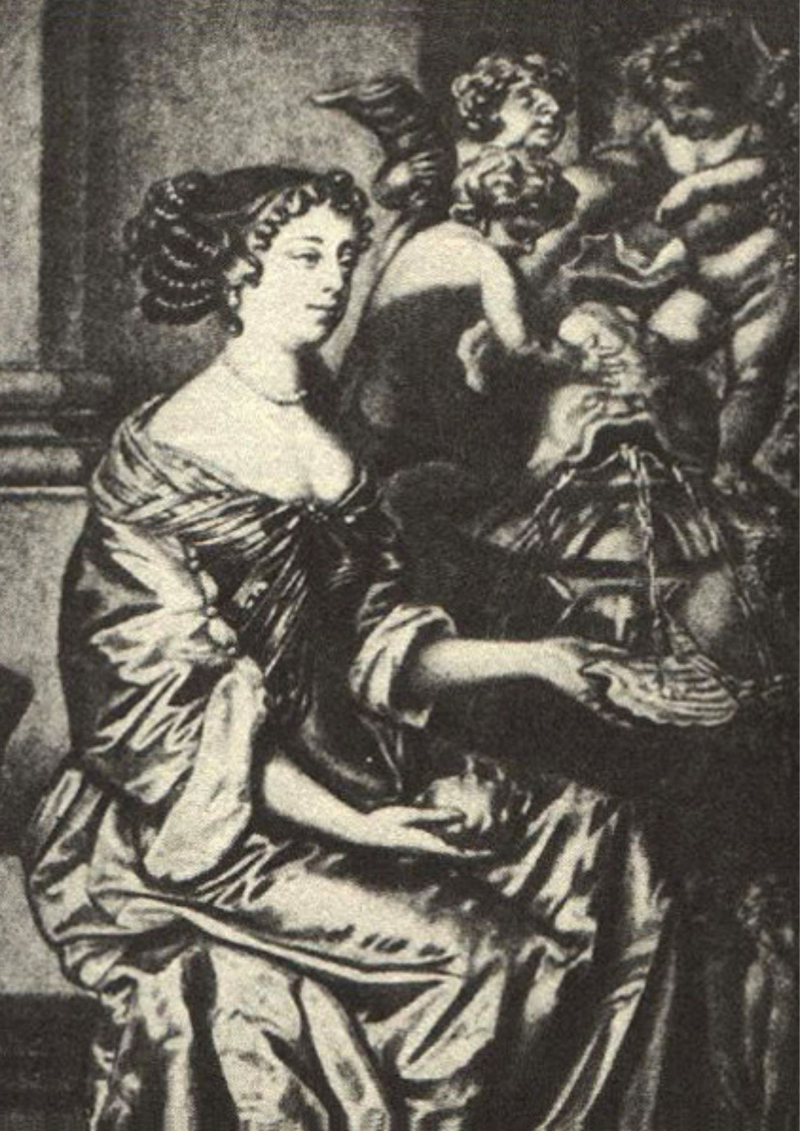
Photo on Wikipedia 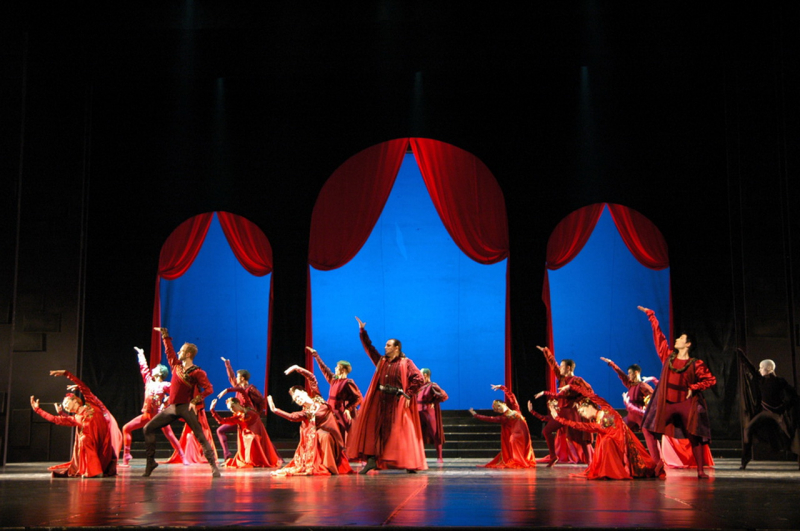
Photo on Wikipedia -
The impact of Romeo and Juliet extends far beyond the confines of the stage, leaving an indelible mark on the English language. While the play introduced terms like 'ladybird' and phrases like 'wild goose chase' into everyday discourse, it also bestowed a unique legacy upon the name 'Romeo' itself.
In the linguistic realm, 'Romeo' has transcended its origin as the tragic hero of Shakespeare's masterpiece. According to Merriam-Webster, the term now carries a dual meaning, defining Romeo not only as "the hero of Shakespeare's Romeo and Juliet who dies for love of Juliet" but also as "a male lover."
This name has become synonymous with the archetype of a passionate and ardent male lover, embodying the enduring influence of Shakespeare's timeless exploration of love and tragedy.

Photo on StockSnap.io 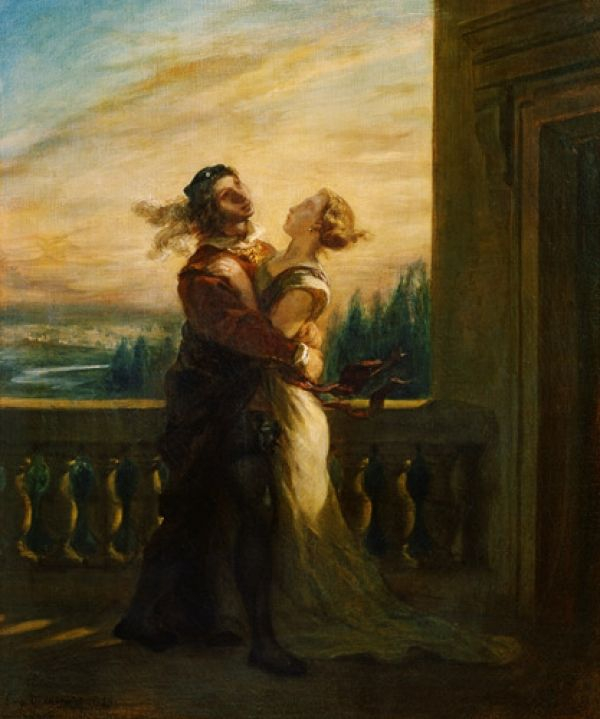
Photo on Wikimedia Commons -
Romeo and Juliet, a timeless masterpiece by William Shakespeare, has transcended its original form to become a cultural phenomenon. The play's influence is evident in a staggering array of artistic expressions, showcasing its enduring popularity.
With over 27 operas inspired by the tragic tale, Romeo and Juliet has served as a muse for various art forms, including ballets, jazz compositions, musicals, movies, modern music, adaptations, and even a Twitter series. The narrative's resonance is further echoed in paintings and diverse artworks that continue to capture the essence of this iconic love story.
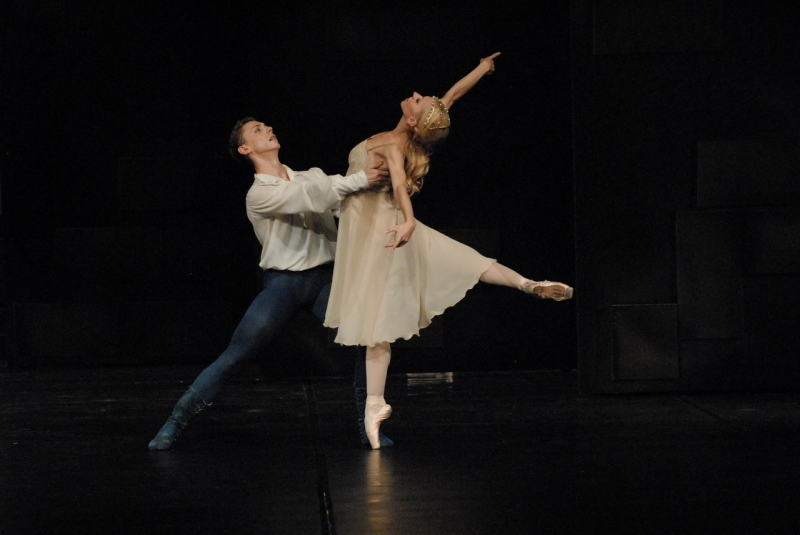
Photo on Wikimedia Commons 
Photo on Wikimedia Commons -
One of the most iconic lines from Romeo and Juliet is "Wherefore art thou Romeo." Its true meaning goes beyond a simple inquiry about Romeo's location. Instead, Juliet is pondering a profound question: "Why are you Romeo?" This subtle yet significant distinction invites us into the heart of Juliet's internal conflict.
The query delves into the societal constraints of their feuding families. Juliet, a Capulet, laments the fact that her beloved Romeo belongs to the rival Montague clan. Numerous interpretations have attempted to unravel the complexity of this question, yet none provide a universally satisfying answer.
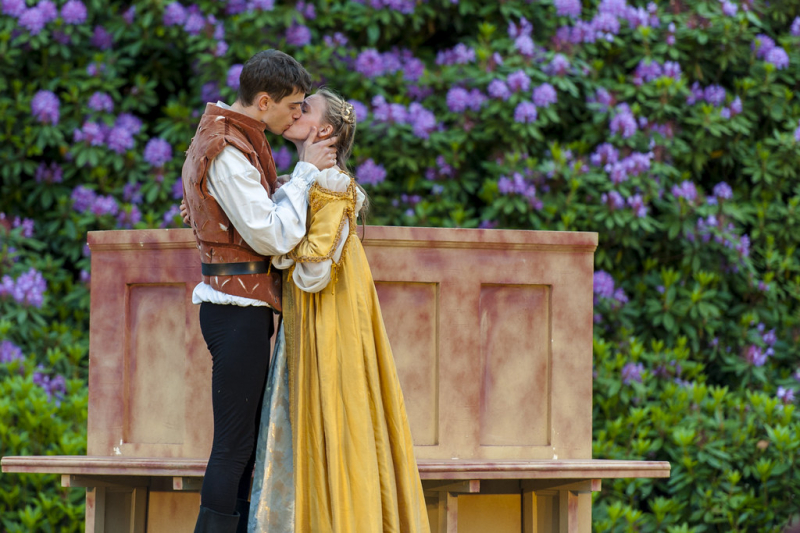
Photo on Flickr 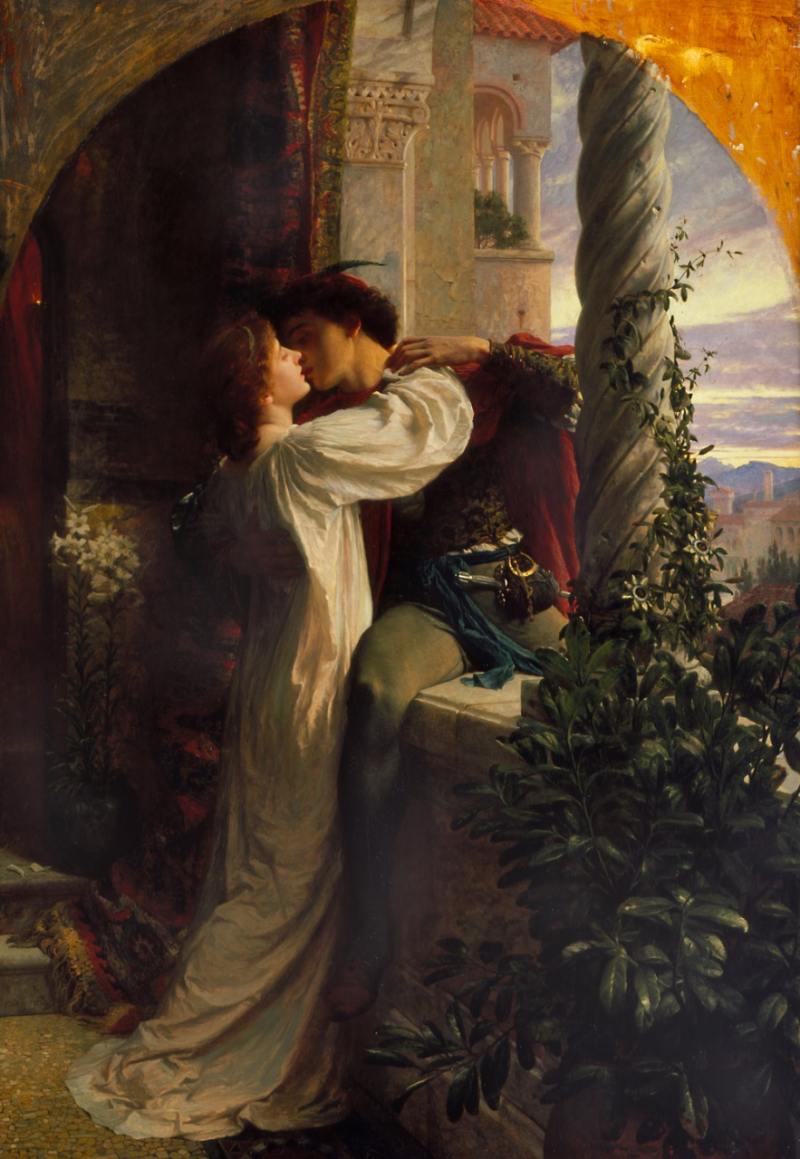
Photo on Wikimedia Commons -
Shakespeare carefully chose weapons for Romeo and Juliet's tragic demise. In the poignant conclusion of Romeo and Juliet, the choice of weapons used by the ill-fated lovers is far from arbitrary. Instead, it is a subtle yet profound representation of their deep and intertwined relationship.
Romeo, meeting his tragic end, opts for a cup, a symbol traditionally associated with femininity. Conversely, Juliet, in her heartbreaking decision to take her own life, employs a blade—a symbol deeply rooted in masculinity.
This intentional selection of gendered symbols mirrors the profound intimacy shared by the lovers during their tumultuous journey.
The careful choice of these items not only adds layers of meaning to their demise but also poignantly aligns with the overarching theme of love, culminating in tragedy.
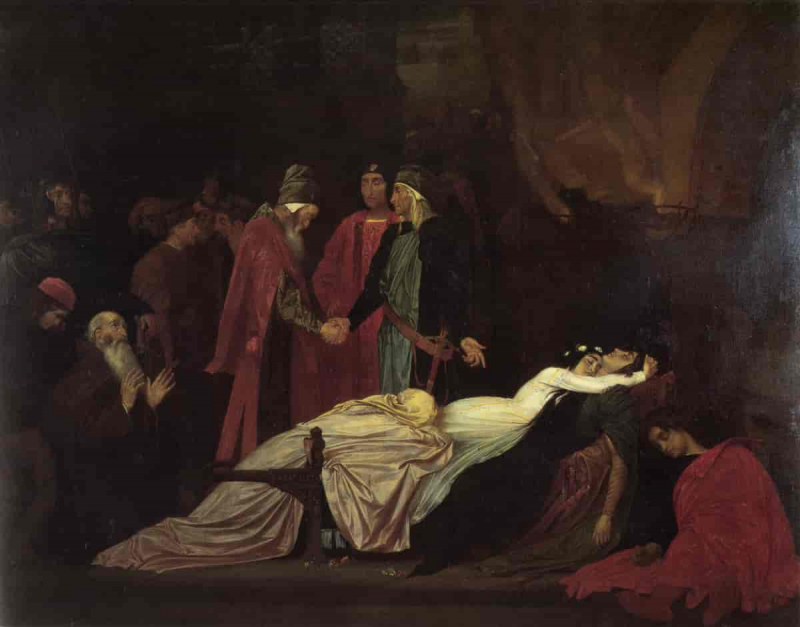
Photo on Store norske leksikon 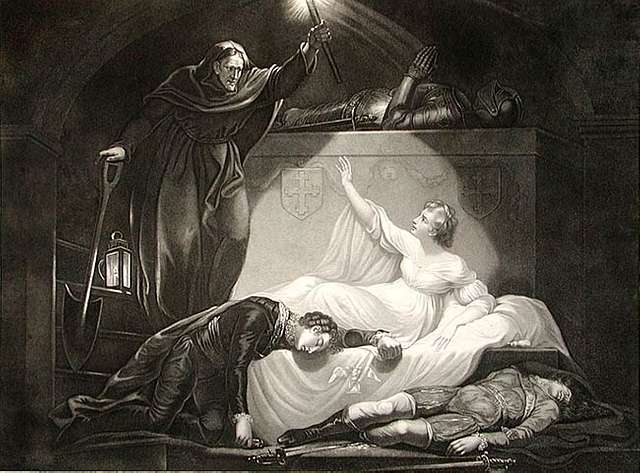
Photo on PICRYL












